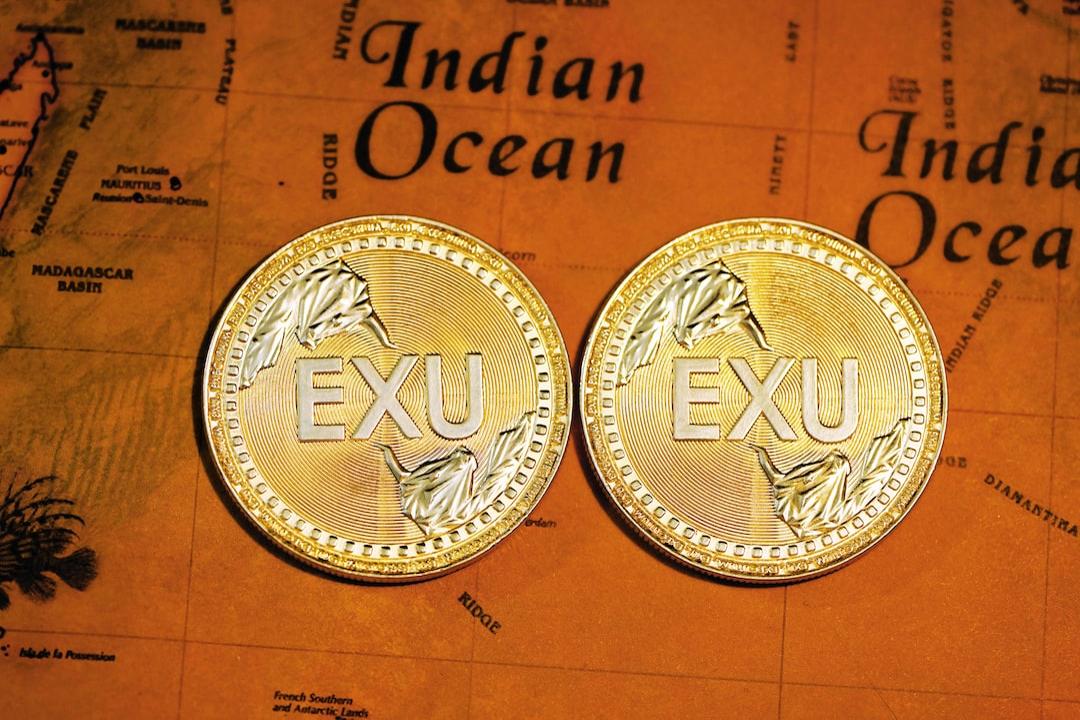Despite the market downturn, practical applications such as tickets and product certificates have emerged within South Korea’s NFT market.
Written by: Tiger Research Reports
Translated by: Deep Tide TechFlow
**Key Summary**
Since 2021, a variety of projects have surged in the domestic NFT market, including NFT platforms and communities led by large companies. However, the market has remained unstable since 2022. The decline has been exacerbated by excessive local focus, lack of practical utility, and regulatory challenges, leading to a drop greater than that of the global market. Despite the downturn, practical applications such as tickets and product certificates are still appearing in South Korea’s NFT market. This indicates the potential for NFTs to evolve into a technology with real value, rather than merely a speculative tool, making its future development worthy of attention.
**1. Introduction**
The NFT market in South Korea has developed in line with global trends, experiencing rapid growth since 2021, particularly with the popularity of blue-chip NFTs such as Cryptopunk and BAYC. This growth was fueled by several projects quickly developed on Klaytn, South Korea’s local blockchain network. Well-known projects like Metakongz and Sunmiya Club have attracted global investor attention and achieved significant transactions on the leading global NFT marketplace, OpenSea. Additionally, the launch of domestic NFT markets has invigorated South Korea’s NFT industry.
However, major shocks such as the collapse of Terra Luna in May 2022 and the FTX incident in November of the same year changed the market environment, triggering what is referred to as the “crypto winter.” Consequently, the NFT market faced a downturn, with many projects struggling and some even shutting down prematurely. Nevertheless, some companies continue to persist, operating or launching new projects.
This report comprehensively analyzes the current state of South Korea’s NFT market, focusing on projects that closed due to the market downturn and those that are still successfully operating despite challenges. Through comparative analysis of these projects’ strategies, we aim to identify key trends shaping South Korea’s NFT market and provide insights into its future development direction.
**2. Overview of the South Korean NFT Market in 2024**
South Korea’s NFT market experienced rapid growth in early 2022. As major enterprises from finance, retail, and telecommunications actively entered the NFT space, the market quickly became dominated by these large companies.
**2.1. NFT Platforms**
During this period, competition among NFT platforms was intense, with each platform vying for domestic users by offering localized services and a one-stop solution for everything from NFT creation to trading. This strategy aimed to attract a stable customer base from established companies by providing a convenient user experience. Furthermore, these companies leveraged their extensive experience and resources in platform-related services such as trading, sales, and settlement to quickly establish comprehensive markets and various related features.
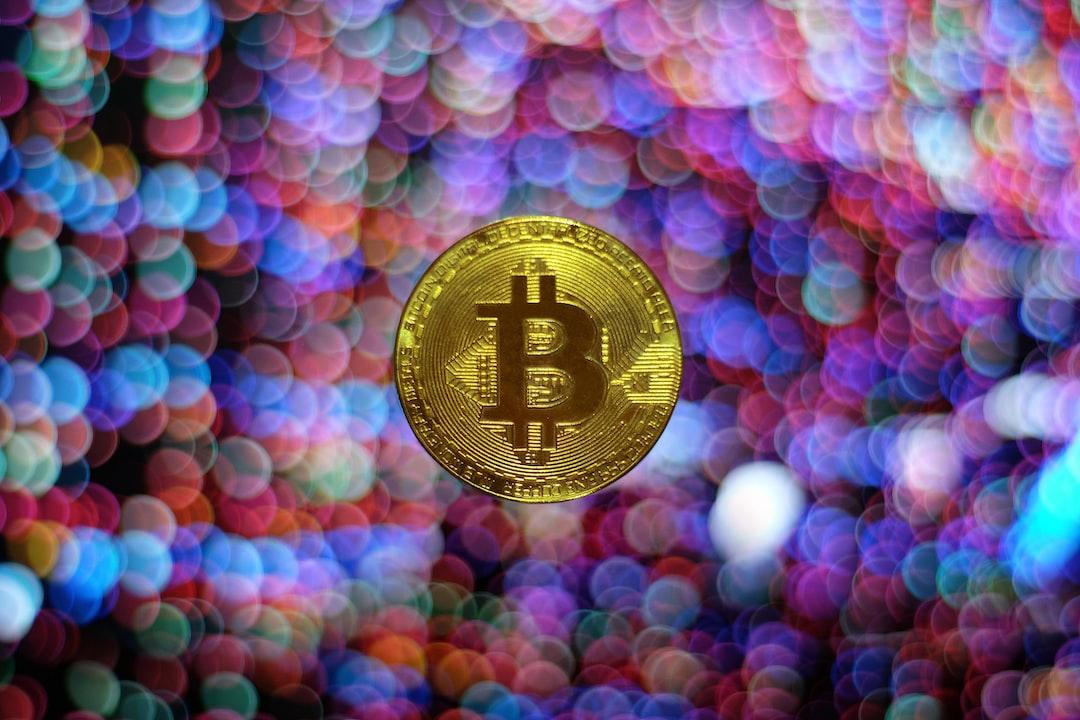
Source: Left image is Pala, right image is KT Mincl
By 2023, the market situation changed dramatically. Many companies began shutting down their NFT platform services for various reasons. Their excessive focus on the domestic market resulted in a relatively limited user base, making it difficult to compete with global platforms like OpenSea, Magic Eden, and Blur. Additionally, the lack of attractive NFT projects capable of maintaining stable trading volumes weakened their market position. Ultimately, the overall downturn in the NFT market led to decreased demand, which may have been a decisive factor in these platforms’ closures.
**2.2. NFT Projects**
NFT projects are continuously emerging from a variety of entities, ranging from large corporations to community-driven initiatives. Companies aim to enhance customer loyalty and provide richer brand experiences by utilizing existing intellectual property (IP) or developing new character IP in their NFT projects. Notable examples include the Belly Bear NFT from Lotte TV Shopping and the Puuvilla NFT project from Shinsegae Department Store, which issued 9,500 and 10,000 NFTs respectively. Both projects combined membership benefits and sold out quickly, setting precedents for early success in South Korea’s NFT market.
Most of these projects rely on simple membership-based business models, primarily profiting through secondary market transactions. However, as the NFT market declined, these projects struggled to maintain sustainable revenue, leading many to suspend their community channels or shut down entirely. Even NFT projects leveraging the brand value of large companies faced challenges in sustaining active communities. Despite initial successes, these projects failed to provide long-term value and practical utility, ultimately hindering their continued development and user engagement.
**3. Continued Decline of the NFT Market**
Against the backdrop of a prolonged downturn in the global cryptocurrency market, South Korea’s NFT market is experiencing an even more pronounced decline. This steeper downward trend can be attributed to three main factors: 1) excessive localization of the domestic NFT market, 2) a prevalence of NFT projects lacking practical application value, and 3) an increase in regulatory barriers associated with cryptocurrencies.
**3.1. Excessive Localization of the South Korean NFT Market**
South Korea’s preference for localized social media platforms and communities has led to an overly localized NFT market. When trends such as NFTs become popular domestically, they often create closed communities, limiting participation from global users. Additionally, the rise of NFT platforms specifically designed for Korean speakers has further exacerbated this isolation, as users tend to favor platforms in their native language for convenience. This closed environment hinders the integration of South Korea’s NFT market with the global ecosystem.
This depiction of the South Korean market starkly contrasts with the global NFT ecosystem. In the global market, NFT projects primarily operate through English community channels and markets. Platforms like Reddit, X (formerly Twitter), OpenSea, and Warpcast serve as major venues for discussing and promoting NFT projects, all employing English as the medium of communication. This language barrier poses a significant obstacle for local South Korean NFT projects seeking to expand into international markets.
**3.2. NFTs Yet to Prove Their Value**
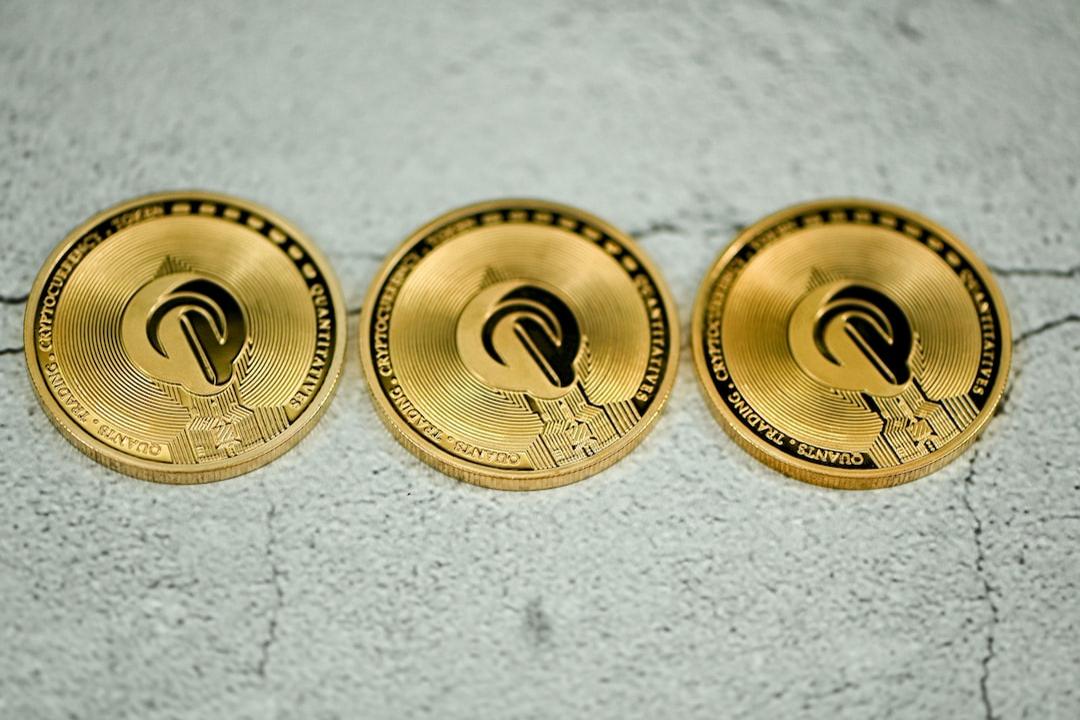
Source: Left) SeoulArtistNFT, right) BlueberryNFT
Similar to global trends, South Korea’s NFT market initially attracted attention through collectible NFTs. Many NFTs associated with well-known Korean artists and sports stars were launched, some achieving high trading volumes due to the creators’ fame. However, these NFTs, primarily viewed as collectibles or speculative assets, have struggled to maintain long-term interest and are gradually becoming marginalized in the market.
Following this initial phase, the market witnessed a second wave with the emergence of membership-based NFTs, mainly backed by large companies. Although the issuance prices of these NFTs initially surged, trading volumes and prices subsequently plummeted, with little sign of recovery.
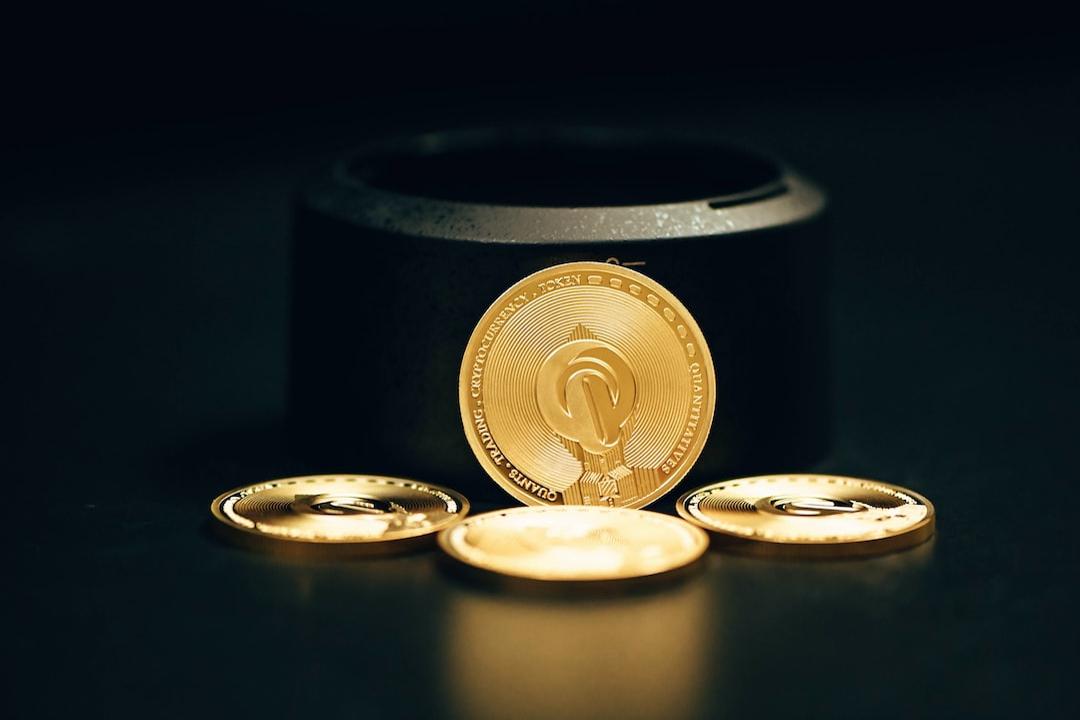
Sales trend of MetaKongz NFT, source: Opensea
This phenomenon arises from ongoing skepticism regarding the intrinsic value of NFTs. While the development of digital technology has popularized the concept of “digital collectibles” and sparked a wave of speculation, this enthusiasm has gradually waned. Simply owning a digital image has failed to sustain public interest and recognition. Similarly, although membership-based NFTs initially provided holders with benefits such as discounts and exclusive events, they struggled to create lasting value. This is primarily due to their failure to meet expectations and lack of practical utility, preventing them from achieving sustainable development in the market.
**3.3. High Thresholds Brought by Regulations**
Another significant challenge facing the domestic NFT market is the increasing regulatory barriers. The “User Protection Law for Virtual Assets,” which took effect in July, along with subsequent NFT guidelines, has made the operation of NFT-related businesses more complex. According to the guidelines, NFTs may be classified as virtual assets if they meet any of the following criteria:
– When a large number or series of the same or similar types of NFTs are issued
– When NFTs can be divided
– When NFTs can be used as a method of direct or indirect payment for certain goods or services
– When NFTs can serve as a means of exchanging virtual assets between unspecified individuals or as a payment method for goods or services related to other virtual assets

Sunmiya Club will terminate its NFT staking reward service after the “User Protection Law for Virtual Assets” comes into effect, source: sunmiya.club
Classifying NFTs as virtual assets poses a significant challenge for businesses. In South Korea, operating virtual asset-related businesses requires obtaining a Virtual Asset Service Provider (VASP) license. After obtaining this license, companies must also achieve certification through the Information Security Management System (ISMS), a process that is both costly and time-consuming. This presents a major obstacle for companies or project teams with limited financial and human resources, making it difficult for them to enter the NFT space. Moreover, this raises the entry barriers for startups in NFT innovation applications.
In anticipation of the implementation of the “User Protection Law for Virtual Assets,” many existing service options have been reduced or shut down to avoid stringent regulatory requirements. Numerous NFT-related companies may shift their business focus or exit the market entirely.
**4. How Will the South Korean NFT Market Develop in the Future?**

Source: Hyundai Card
Despite the domestic NFT market being in a downturn, there are still numerous successful applications of NFTs. A typical example is the NFT-based concert tickets launched by Hyundai Card, aimed at preventing counterfeiting and black market transactions. This demonstrates how NFT technology can create real value within existing industries. Hyundai Card’s initiative is not merely an adoption of new technology, but a solution to real societal issues, reflecting the practical benefits of NFTs. As NFT technology continues to develop, it may address inconveniences in daily life and enhance public service experiences.
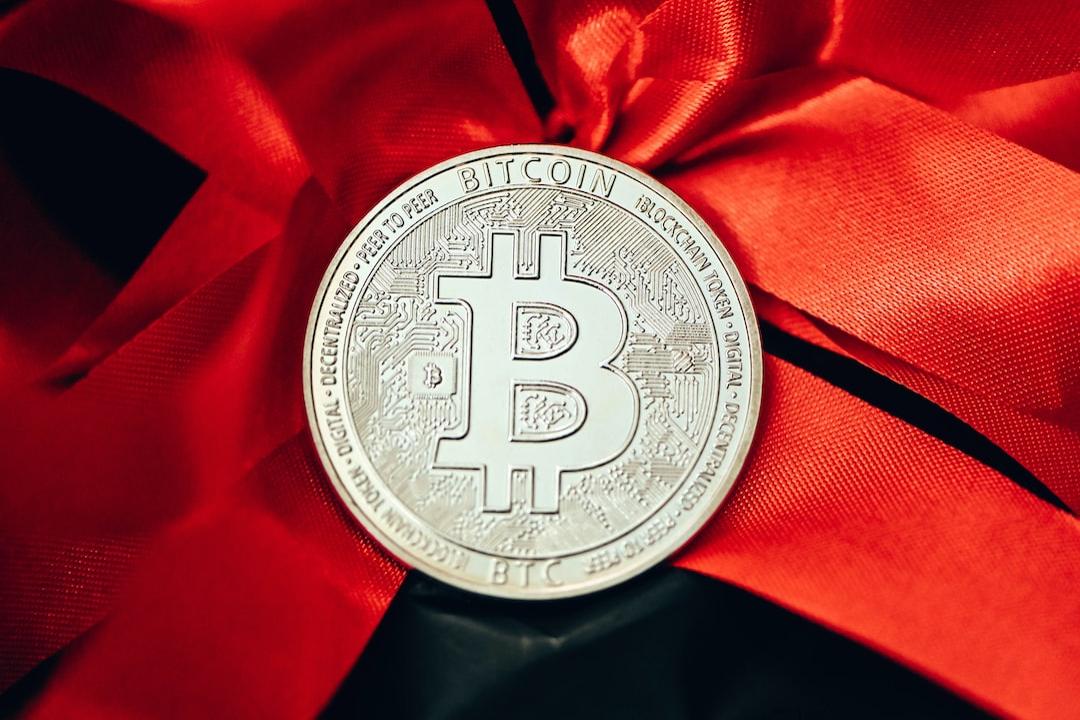
Source: Vircle
NFT technology is also being applied in areas such as product verification and customer relationship management (CRM). A notable example is Vircle, which provides NFT-based product warranty services. The company is expanding its business through collaborations with fashion and electronics brands, where verification and after-sales service are crucial.
NFT digital warranties offer several advantages, including addressing the issue of lost paper warranties and allowing customers to conveniently activate and receive after-sales services via mobile devices. For businesses, this data can be utilized for more efficient customer relationship management. Furthermore, digital warranties can serve as a membership system, integrating customer information from various channels into a unified system. These examples showcase the potential of NFT technology to bring tangible benefits to both businesses and customers.
**5. Conclusion**
The South Korean NFT market continues to face numerous challenges during its recovery process. In addition to the factors previously mentioned, several negative incidents related to NFTs have exacerbated public skepticism. Notably, scandals involving South Korean influencers and multiple “money-grabbing” schemes have severely damaged public trust. Moreover, many people still perceive NFTs primarily as speculative tools, which remains a significant barrier to market development.
To improve this situation, it is essential to accumulate successful case studies that demonstrate the real value created by NFT technology. A positive shift in public perception is crucial for achieving this goal. This challenge is not limited to the NFT industry; most Web3 projects face similar issues in seeking broader acceptance and understanding.
South Korea holds advantages in areas where NFTs can be effectively applied, such as gaming, webtoons, and K-pop. Although the market currently faces challenges due to a localized environment and unclear regulations, new attempts at NFTs are gradually unfolding within the existing framework, bringing promising developments. With the increase in successful case studies, continuous enhancement of NFT-related technologies and expertise, along with increased investments from the government and enterprises, South Korea is poised to introduce innovations that may lead the global NFT market.
Original link:
https://www.techflowpost.com/article/detail_20379.html
Note: All articles from BitPush represent the author’s views and do not constitute investment advice.


